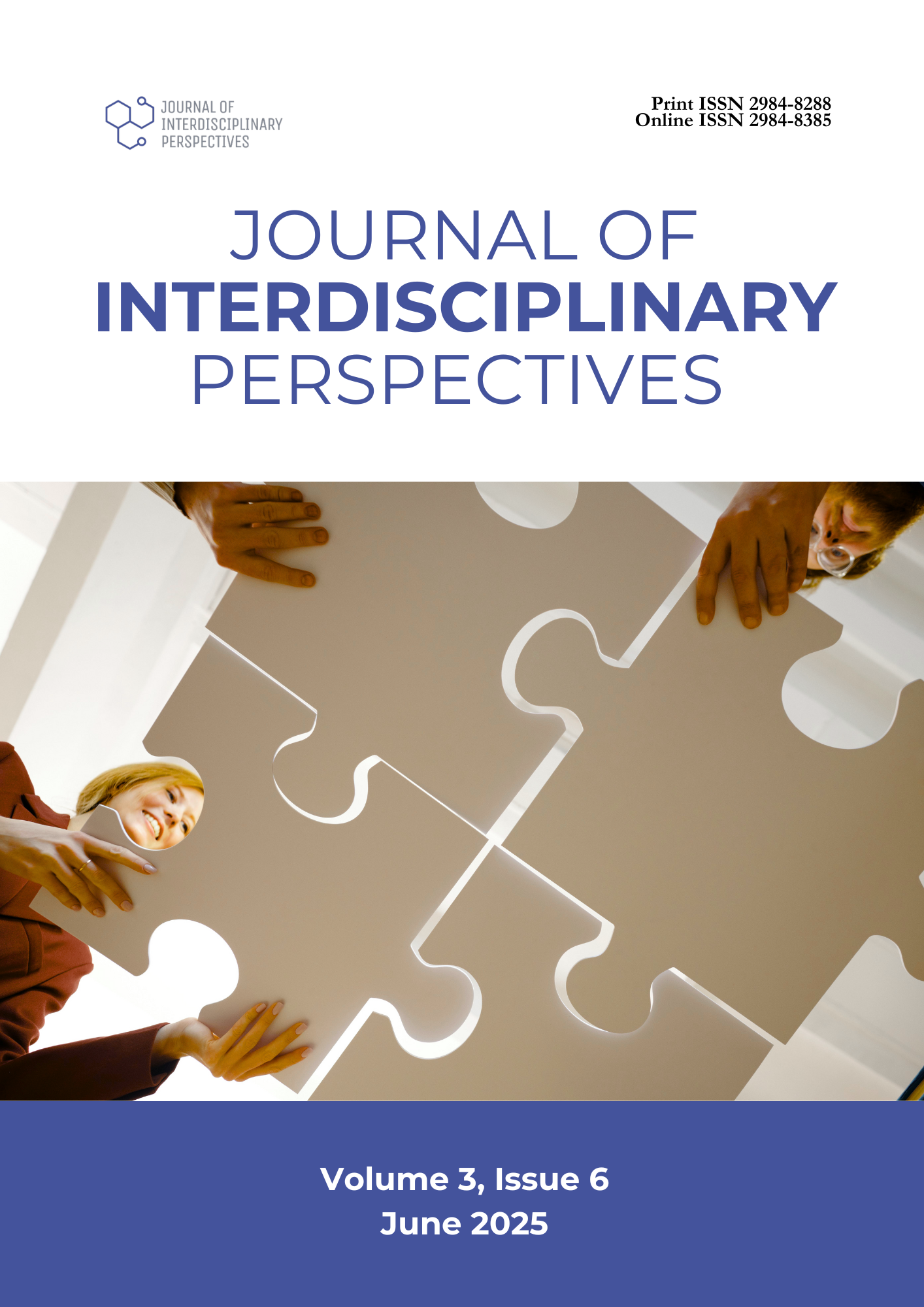Implementation of Disaster Risk Reduction and Management in a Philippine Public Elementary School
DOI:
https://doi.org/10.69569/jip.2025.085Keywords:
Disaster management, Disaster risk reduction, Philippines, Public schoolAbstract
This study aimed to determine the status of the implementation of disaster risk reduction and management (DRRM) in a mega public school. Specifically, the respondents were 58 teachers from Cauayan South Central School, Cauayan City, Isabela. The respondents' profiles included sex, position, highest educational attainment, and the number of relevant trainings attended. The structured questionnaire used was modified and adapted from the Department of Education's School Disaster Risk Reduction and Management Manual. The results revealed that DRRM coordination and information management protocols were "well-implemented" as evinced by (M = 3.437). The activities in school disaster management were also rated as "well-implemented" (M = 3.339), while key indicators of education facilities (M = 3.147), learning environments (M = 3.190), and risk reduction and resilience education (M = 3.207) were rated as "implemented." The study found no significant differences in DRRM implementation based on sex (p = 0.064), position (p = 0.061), or highest educational attainment (p = 0.065). However, the number of relevant training sessions attended showed a significant difference (p = 0.001), with higher training attendance correlating with better DRRM implementation. Additionally, the study identified that some of the key challenges, according to the respondents, are shortages or lack of material resources (M = 3.138) and insufficient training programs (M = 3.034) being conducted at the school level. The study concluded that while DRRM measures are generally implemented, there should be targeted training and resource allocation to further improvements.
Downloads
References
Ajzen, I. (1991). The theory of planned behavior. Organizational Behavior and Human Decision Processes, 50(2), 179–211. https://tinyurl.com/y7w4efet
Ajzen, I. (2012). The theory of planned behavior. In P. A. M. Van Lange, A. W. Kruglanski, & E. T. Higgins (Eds.), Handbook of theories of social psychology (Vol. 1, pp. 438–459). SAGE Publications Ltd.
Bacus, J. B. (2020). Disaster risk reduction management in Carcar Central Elementary School, Cebu City. Central Mindanao University Journal of Science, 24(1), 45–56.
Bandura, A. (1997). Self-efficacy: The exercise of control. W. H. Freeman & Co.
Corpuz, A. C. (2019). Disaster risk management practices and readiness for disasters among selected schools in City of Biñan, Laguna, Philippines. International Journal of Humanities and Social Science, 9(3), 62–71. https://doi.org/10.30845/ijhss.v9n3p9
Cruz, R. V. O., Aliño, P. M., Cabrera O. C., David, C. P. C., David, L. T., Lansigan, F. P., Lasco, R. D., Licuanan, W. R. Y., Lorenzo, F. M., Mamauag, S. S., Peñaflor, E. L., Perez, R. T., Pulhin, J. M., Rollon, R. N., Samson, M. S., Siringan, F. P., Tibig, L. V., Uy, N. M., & Villanoy, C. L. (2017). 2017 Philippine Climate Change Assessment: Impacts, Vulnerabilities and Adaptation. The Oscar M. Lopez Center for Climate Change Adaptation and Disaster Risk Management Foundation, Inc. and Climate Change Commission.
Department of Education. (2015). Department Order No. 21, series of 2015: Disaster risk reduction and management coordination and information management protocol. Retrieved from https://tinyurl.com/4n2k9h5n
Department of Education. (2021). Department Order No. 33, series of 2021: School-based disaster preparedness and response measures for tropical cyclones, flooding, and other weather-related disturbances and calamities. Retrieved from https://tinyurl.com/3v9j9k8k
Department of Education. (n.d.). School disaster risk reduction and management manual. Retrieved from https://tinyurl.com/2p8j6h8u
Department of Education. (2011). Department Order No. 50, series of 2011: Creation of Disaster Risk Reduction and Management Office (DRRMO). Retrieved from https://tinyurl.com/2p9b9j9j
Fishbein, M., & Ajzen, I. (1975). Belief, attitude, intention and behavior: An introduction to theory and research. Addison-Wesley. Retrieved from https://tinyurl.com/2p8zd4c8
Glanz, K., Rimer, B. K., & Viswanath, K. (2008). Health behavior and health education: Theory, research, and practice (4th ed.). Jossey-Bass.
Global Facility for Disaster Reduction and Recovery. (2018). Annual report executive summary. Retrieved from https://tinyurl.com/4t3k8n9v
National Disaster Risk Reduction and Management Council. (2011). The National Disaster Risk Reduction and Management Plan (2011-2028). Retrieved from https://tinyurl.com/2p8j9k9k
Republic Act No. 10121 of 2010. Philippine Disaster Risk Reduction and Management Act. Retrieved from https://tinyurl.com/2p8h9j9j
Reynoso, R. A., & Cabigan, M. A. (2021). Measuring school disaster risk reduction management capacity of public schools in Victoria, Laguna. EPRA International Journal of Multidisciplinary Research, 7(7), 401–408. https://doi.org/10.36713/epra2013
Samera, N. T. (2022). Challenges of public schools with incident command systems for disaster risk reduction management. Psychology and Education Journal, 59(6), 2912–2920. https://doi.org/10.5281/zenodo.6983899
Tizon, R., & Comighud, S. (2020). Implementation of the public schools’ disaster risk reduction management program and level of capabilities to respond. In UBT International Conference 2020 Proceedings. University for Business and Technology. https://tinyurl.com/54n8jv25
United Nations Office for Disaster Risk Reduction. (2019). Disaster risk reduction in the Philippines: Status report 2019. UNDRR, Regional Office for Asia and the Pacific. Retrieved from https://tinyurl.com/2p8j9k9m
Downloads
Published
How to Cite
Issue
Section
License
Copyright (c) 2025 Journal of Interdisciplinary Perspectives

This work is licensed under a Creative Commons Attribution-NonCommercial 4.0 International License.








